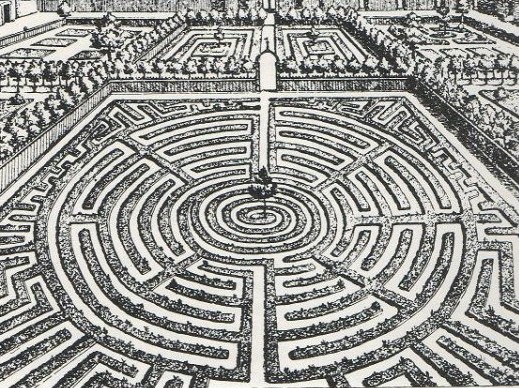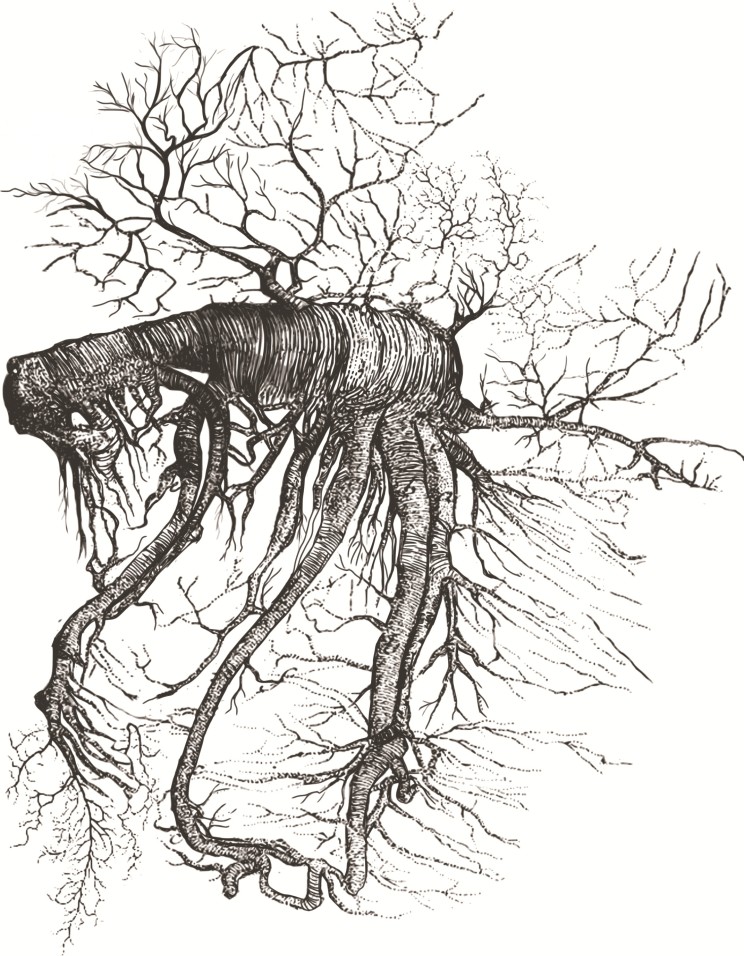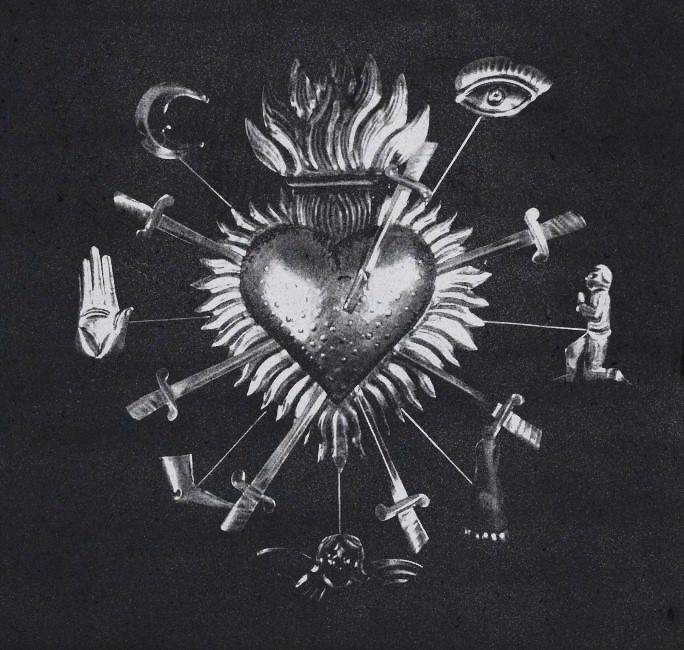Kainowska is an anomalous object, difficult to classify, with extremely fluctuating points of interest. But this is the nature of the emblem of our house, the rhizome, which is composed of joints, intersections, and multiple connections.
A rhizome does not begin and does not end; it is always in the middle between things, inter-being, intermezzo (…) moving among things, establishing a logic of ‘and,’ overturning ontology, deposing the foundation, annulling beginning and end
Deleuze/Guattari
So let’s start from what is the threshold of our topography. The rhizome, in botanical terms, is a particular type of root. Capable of developing new plants even in unfavorable conditions, the rhizome expands horizontally rather than sinking vertically. All its parts are connected, but also independent of each other. Each of its ends can be cut and planted in other environments. The networks of rhizomes in the plant kingdom function similarly to the capillaries of the animal circulatory system, the branches of human brain dendrites, but also to the neural networks of artificial intelligences. Since the 1960s, post-structuralist philosophers – foremost among them Deleuze and Guattari – have adopted the morphology and semantics of the rhizome as a paradigm for the modes of contemporary thought and for all those new sociological phenomena that produce structures without a center, such as the computer network or temporarily autonomous zones. Anti-dualistic, devoid of hierarchical content, open, connecting, nomadic, and eclectic by vocation, this is the rhizome, the perfect emblem for Kainowska. Our pictogram was designed by Alessio Bogani, who merged two elements from an anatomy treatise and a 17th-century herbarium, namely a botanical rhizome and the ventricle of a heart.
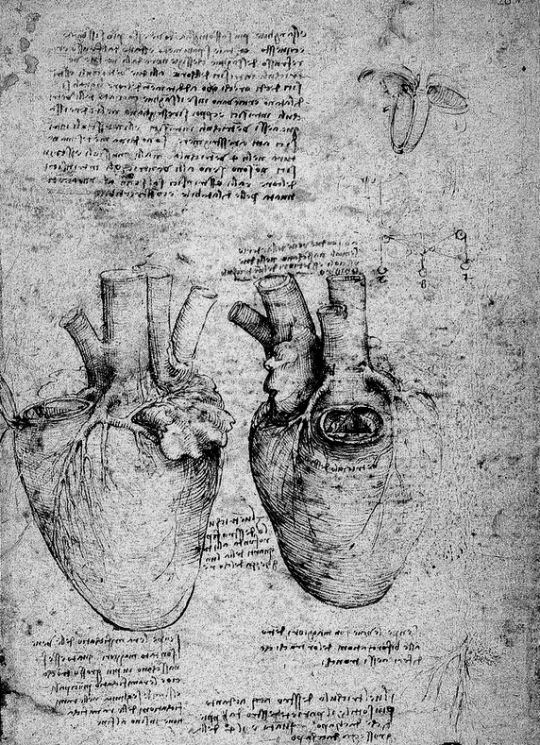
Once inside, the first thing you will find on the left is our categories. Some are emptier than others. Among these, many will certainly be filled in the future, while others will remain as they are. Others still may disappear, making room for something new. Even the site itself, from one day to the next, could disappear. Besides being a classification intent, our categories serve to illustrate our focal points of interest, what we like, what we have dealt with, and what we want to direct our attention to.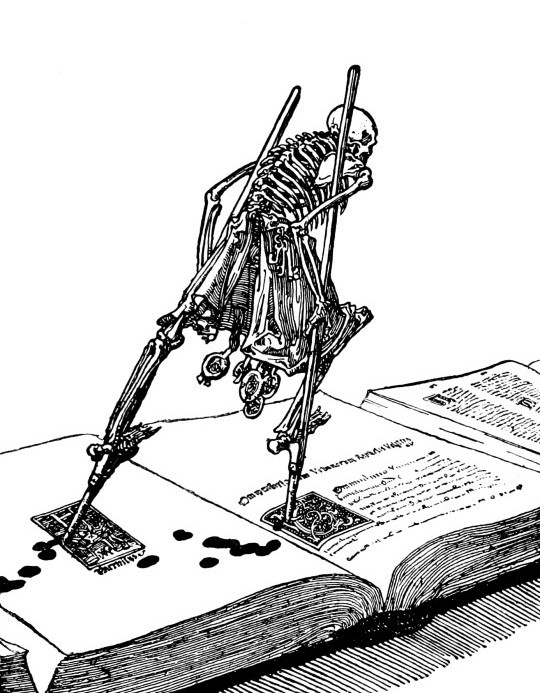 Our rhizome labyrinth is divided into 5 categories.
Our rhizome labyrinth is divided into 5 categories.
Under the category “Visions,” there are articles about art, cinema, theater, TV series, and fashion, to give shape to our admiration for what catches our eyes.
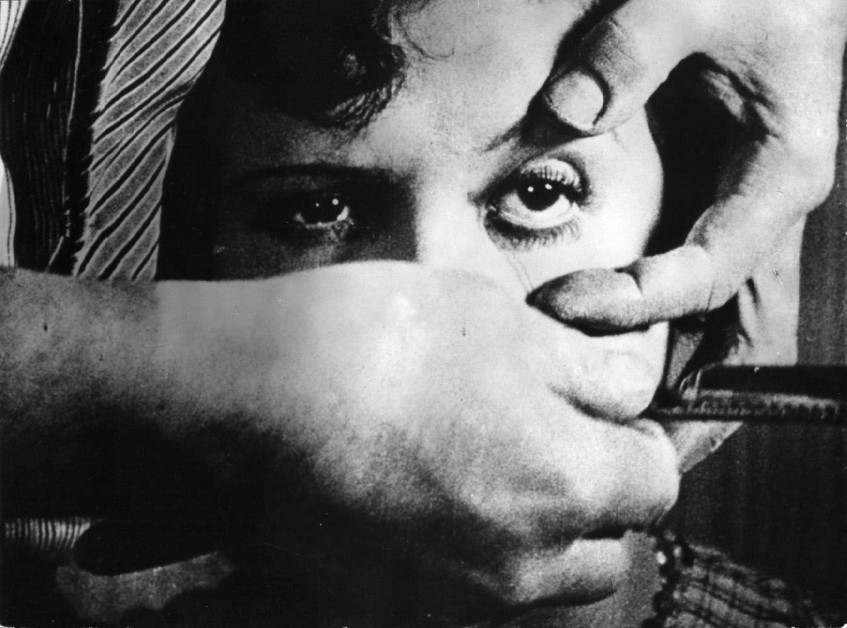 We have decided to include under this category also book reviews, being that books are, in fact, ancient vehicles of visions and hallucinations. Books are our favorite objects, and we love objects very much, and we understand them well, often more than people. And also here, we make literature.
We have decided to include under this category also book reviews, being that books are, in fact, ancient vehicles of visions and hallucinations. Books are our favorite objects, and we love objects very much, and we understand them well, often more than people. And also here, we make literature.
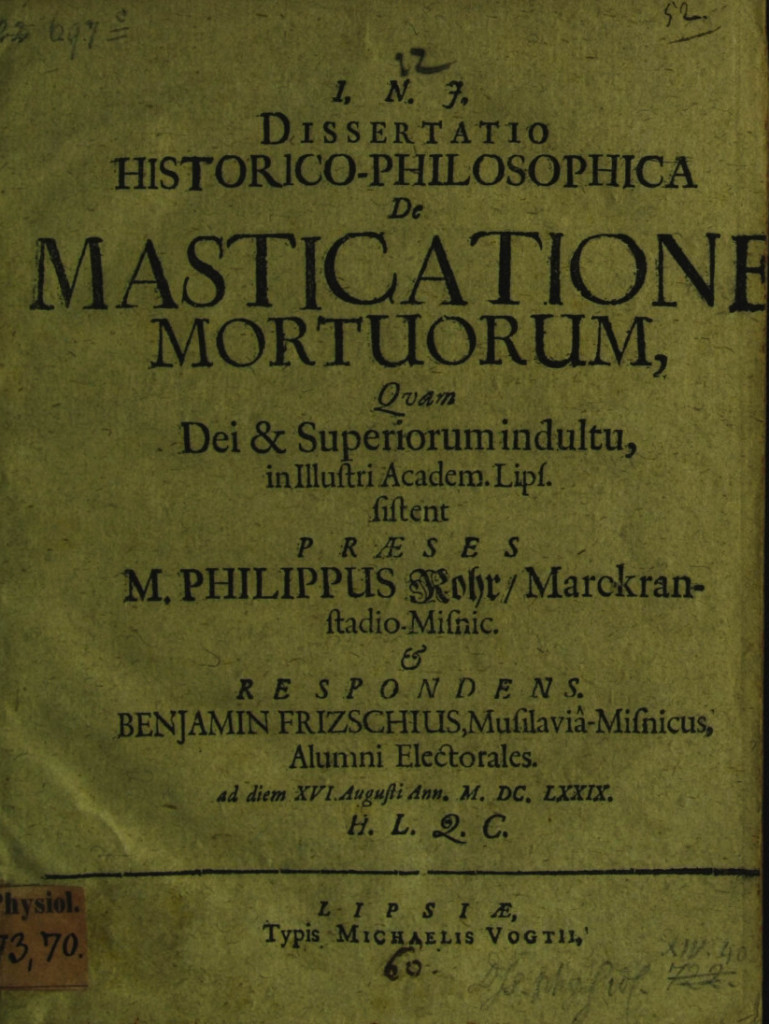 “Subcultures” serves us to explore attempts that have been made to create non-aligned worlds and the parabolic motion that these worlds have had.
“Subcultures” serves us to explore attempts that have been made to create non-aligned worlds and the parabolic motion that these worlds have had.
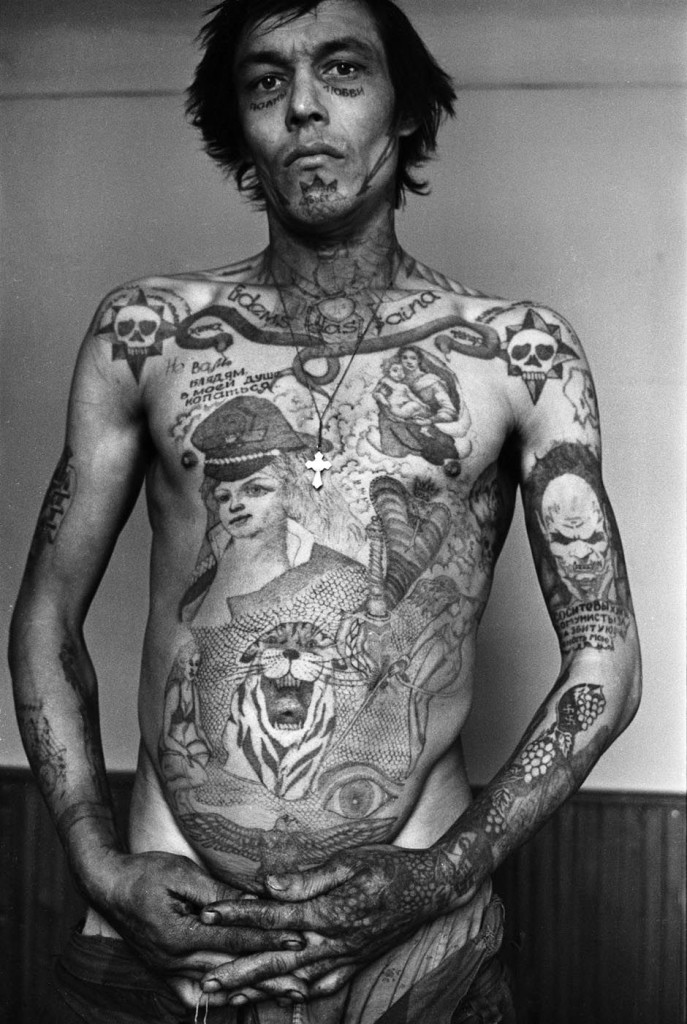 “Icons and Iconoclasm” is our investigation into our personal system of saints, divas, and idols, to see how our favorite flesh-and-blood icons have manifested in the world, to understand the archetypal essence of the beautiful people, but also their all-too-human nature, which includes splendor and darkness, rise and fall.
“Icons and Iconoclasm” is our investigation into our personal system of saints, divas, and idols, to see how our favorite flesh-and-blood icons have manifested in the world, to understand the archetypal essence of the beautiful people, but also their all-too-human nature, which includes splendor and darkness, rise and fall.
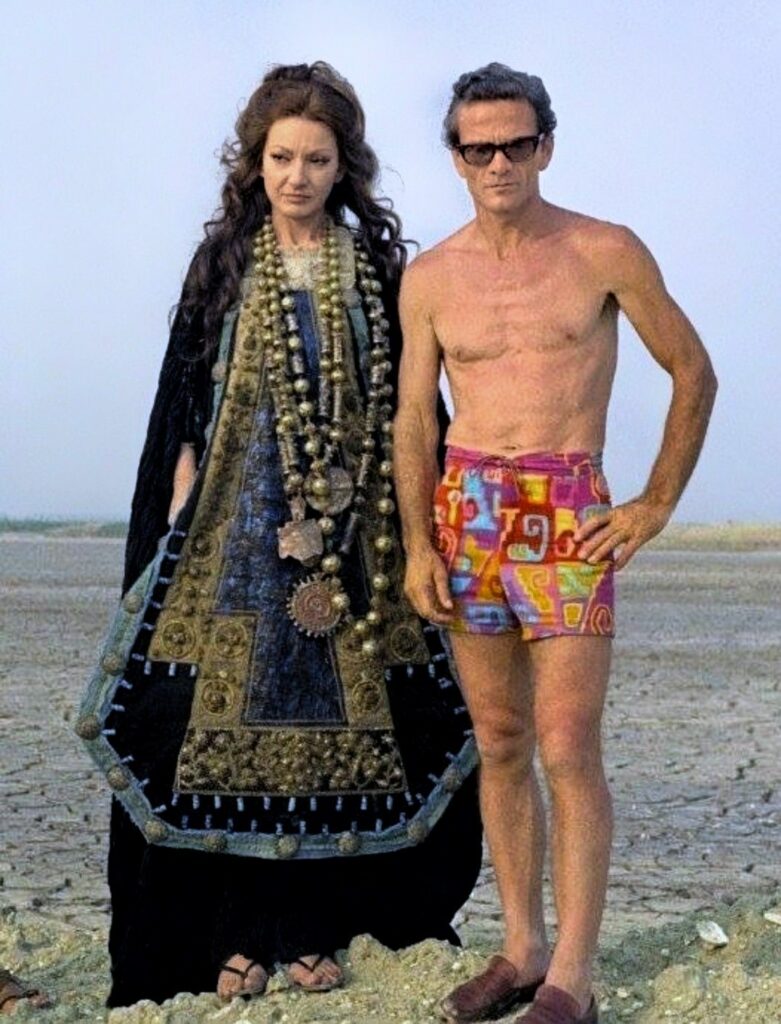 “Ritual & Lore” is to investigate what bewitches and imprisons us, the ecstasies and delusions, the stories of power that have changed the world, what is considered filthy and therefore extremely pure.
“Ritual & Lore” is to investigate what bewitches and imprisons us, the ecstasies and delusions, the stories of power that have changed the world, what is considered filthy and therefore extremely pure.
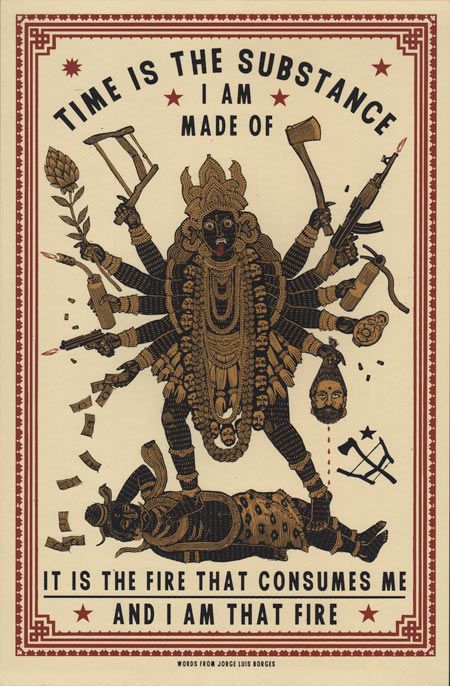
Divergent Histories, here we will delve into unconventional, oblique, and often marginalized historical narratives.
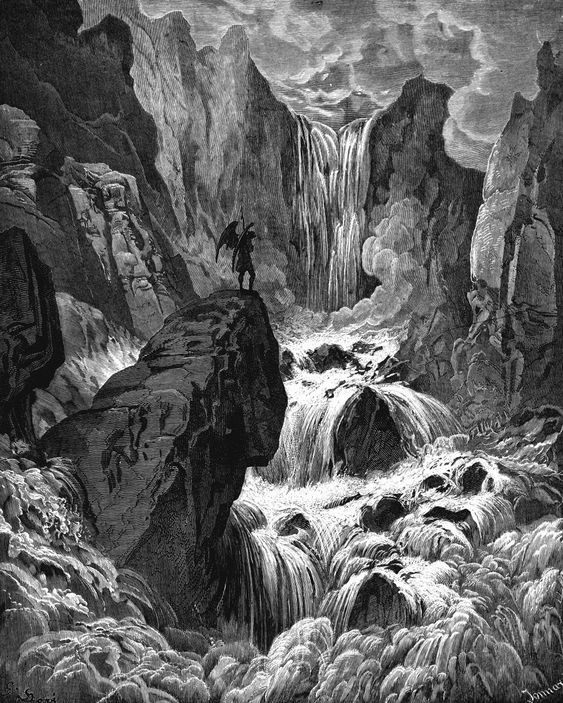
Kainowska is not just this; it is an entire imaginary. The imaginary is a mental landscape, with its symbolic contents, rituals, fetishes, constellations, primordial forms, and practices. Only seemingly is it something immaterial. The imaginary is, in reality, real. It is what saves us, and allows us to live in everyday life without dying of boredom.

It is also the first form of storytelling, and through the mapping of Kainowska’s imaginary, we want to tell our personal story.
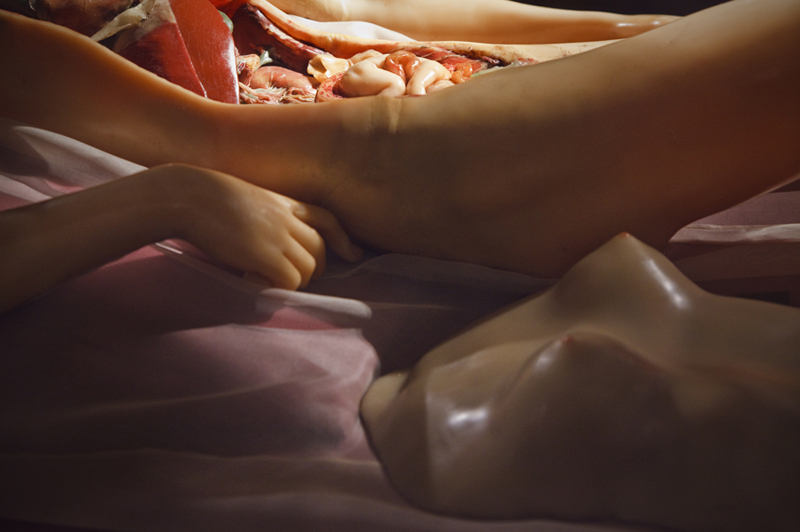 Apart from our categories, other strong structural elements of our imaginary are the overcoming of limits, narration, childhood, animals, death, demonology, Eastern Europe, camp, queerness, embodiment, sex theories, the uncanny, material history, dysfunctions, altered perceptual states, music, desire, madness, evil, mysteries, sacrifice, violence, and memory.
Apart from our categories, other strong structural elements of our imaginary are the overcoming of limits, narration, childhood, animals, death, demonology, Eastern Europe, camp, queerness, embodiment, sex theories, the uncanny, material history, dysfunctions, altered perceptual states, music, desire, madness, evil, mysteries, sacrifice, violence, and memory.
